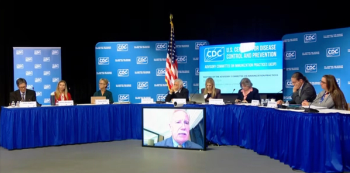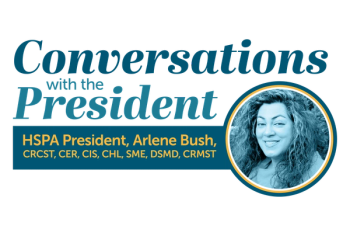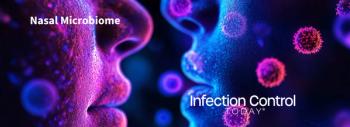
Misdiagnosis of H1N1 Influenza Cases
During the April-July 2009 outbreak of H1N1/2009 in scotland the West of Scotland Specialist Virology Centre (WoSSVC) in Glasgow tested more than 16 000 clinical samples for H1N1/2009. Most were from patients clinically diagnosed with H1N1/2009. Out of these, 9 percent were positive. Rory N Gunson and William F Carman of Gartnavel General Hospital in Glasgow, Scotland, sought to determine what respiratory pathogens were misdiagnosed as cases of H1N1/2009 during this time.
The researchers examined the results from 3,247 samples which were sent to the laboratory during April-July 2009. All were from patients clinically diagnosed as having H1N1/2009 (based on accepted criteria) and all were given a full respiratory screen using real time reverse transcriptase polymerase chain reaction (rtRT-PCR) assays.
In total, respiratory pathogens were detected in 27.9 percent (95% confidence interval, 26.3-29.5%) of the samples submitted. Numerous pathogens were detected, the most common of which were rhinovirus (8.9 percent (95% confidence interval, 7.9-9.9%)), parainfluenza 1 (1.9% (95% confidence interval, 1.4-2.4%)) and 3 (4.1% (95% confidence interval, 3.3-4.9%)), and adenovirus ((3.5 percent (95% confidence interval, 2.9-4.2%)).
This study highlights the problems of using a clinical algorithm to detect H1N1/2009. Clinicians frequently misdiagnosed common respiratory pathogens as H1N1/2009 during the spring/summer outbreak in Scotland. The researchers say that many undesirable consequences would have resulted, relating to treatment, infection control, and public health surveillance. Their research was published in
Reference: Gunson RN and Carman WF. During the summer 2009 outbreak of "swine flu" in Scotland what respiratory pathogens were diagnosed as H1N1/2009? BMC Infectious Diseases 2011, 11:192doi:10.1186/1471-2334-11-192
Newsletter
Stay prepared and protected with Infection Control Today's newsletter, delivering essential updates, best practices, and expert insights for infection preventionists.






